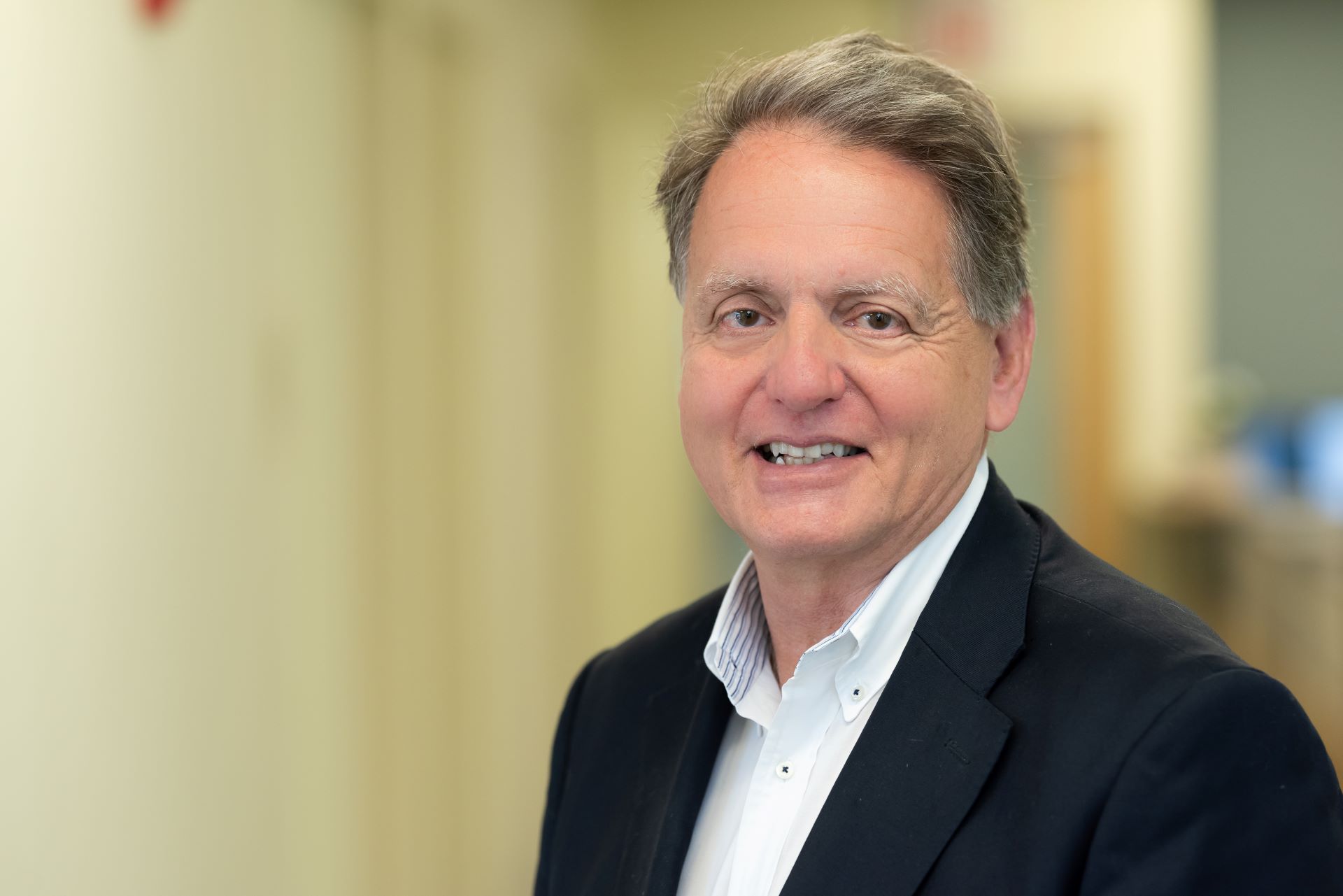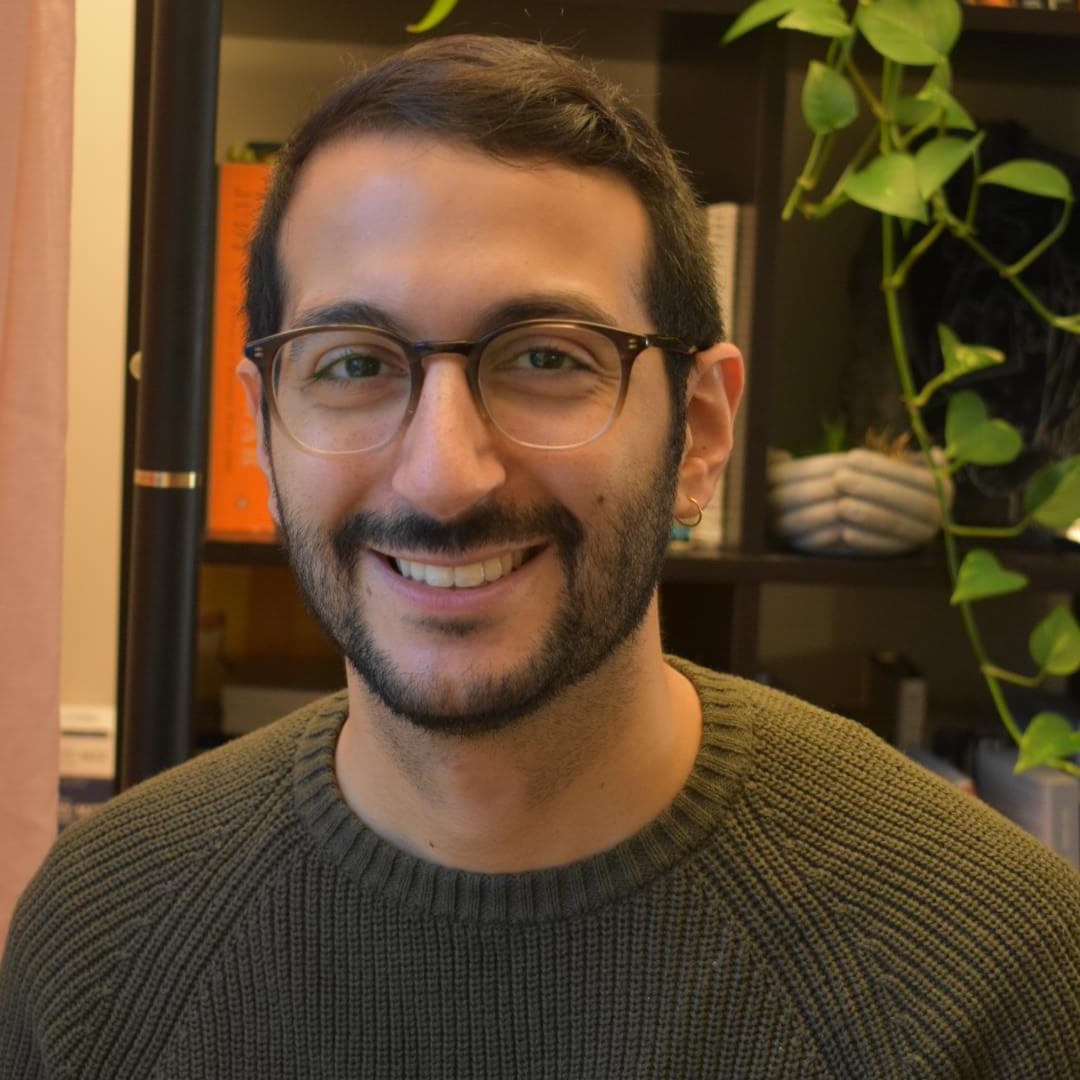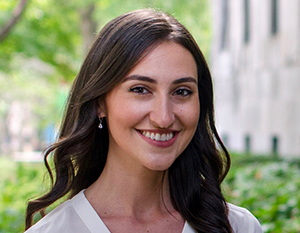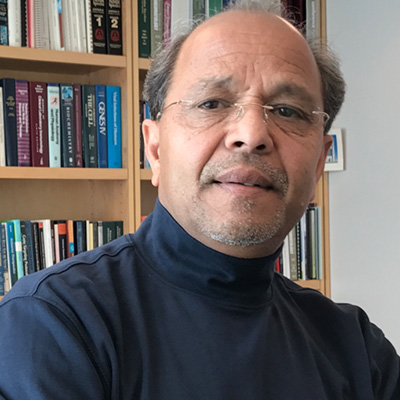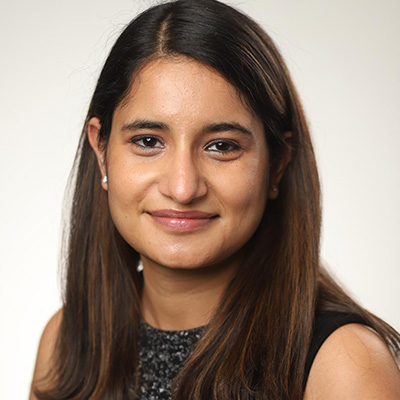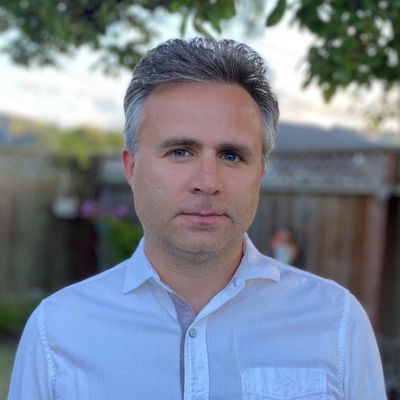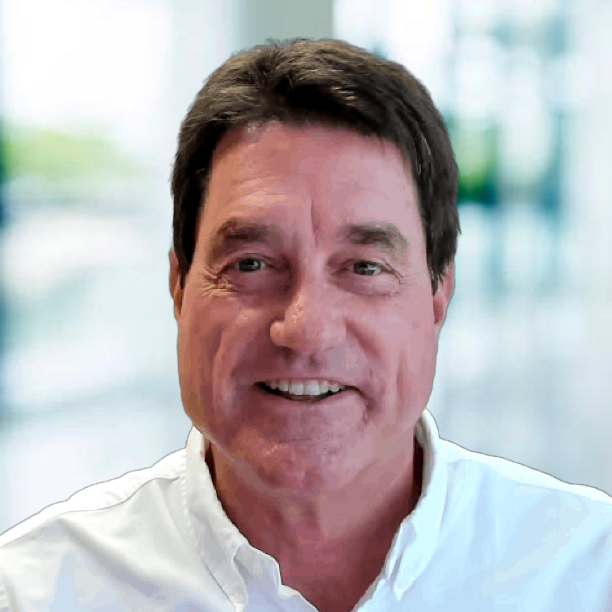
Looking for something?

Steven F. Dowdy, Ph.D.
Professor
Department of Cellular & Molecular Medicine,
University of California San Diego (UCSD), School of Medicine
How did you become interested in the field of oligonucleotides?
I started my lab in 1994 as an Investigator of the Howard Hughes Medical Institute (HHMI) and an Assistant Professor working on G1 cell cycle deregulation in cancer. To answer basic cell cycle questions, we developed a cationic guanidinium TAT peptide transduction domain (PTD, now called CPP) approach to delivery tumor suppressor proteins into ~99% of synchronized cells in culture. The technology looked promising and by 1999, we showed that it had potential in mice. In 2000, Mano Manoharan invited me to give a talk at Ionis (Isis) on the applicability of using our PTDs/CPPs to deliver ASOs and that peaked my interest in oligos. Then in 2001 when Tom Tuschl’s lab showed that RNAi worked in mammalian cells, that was an aha moment for someone like me that was interested in treating cancer with drugs that (in theory) can target all oncogenes and pharmaco-evolve at pace with the genetic moving target that defines cancer.
I had assumed that someone already in the oligo field would solve the delivery problem, but by 2004 there was really little movement. So I started reading Mike Gait’s book on oligonucleotide synthesis and by chance, I got invited to a meeting in Japan that Mike was attending, whom I knew from the PTD/CPP field. At the meeting, I followed Mike around like I was a groupie and tried to sit next to him at breakfast, lunch and dinner prying him with questions on the chemistry of RNA synthesis. At one point, he even commented on why I was so omni present (but not in a good way!). Subsequently, I was at a meeting with Mano and made sure to sit across from him at breakfast each morning. But at one point he stopped eating, looked up at me and asked, “Steve for a biologist, you are asking some very detailed chemistry questions. What exactly are you doing in your lab?” Afterwards, I felt that given our unique background on peptide/protein delivery, we could enter the field and help make a significant dent in RNA delivery. But I had to convince HHMI that a mere mortal biochemist (me) could run a nucleic acid chemistry lab. Luckily, they caved, gave me the funds to build two chemistry labs, and I told my everyone in my lab that I was converting the entire lab into delivery of siRNAs. Little did I know in 2004 how difficult defining and trying to solve the rate-limiting endosomal escape problem actually would be. Now some 20 years later, we still haven’t cracked the billion year old barrier, but we have made a few dents.
Who were your early mentors?
I did my PhD with Prof. Eric Stanbridge at the University of California Irvine (UCI) on the molecular genetics of tumor suppressor genes and my postdoctoral research with Prof. Bob Weinberg at the Whitehead Institute, MIT, on the biochemistry of the RB tumor suppressor gene and G1 cell cycle control. In proper British fashion, Eric demanded intellectual exactitude and Bob was pure creative thinking in the cerebral universe. I couldn’t have asked for a better pair of mentors to hone my scientific skills. As a newbie young investigator at HHMI, senior investigators like Tom Cech, Tijan, and Stan Korsmeyer took me under their wing and really opened ideas and doors for me, and instilled the notion of go big or go home. As a senior scientist, I’ve had the great benefit of unfiltered discussions with my friends and colleagues, including Mano, Masad, Laura, Fritz, Mike, the two Art’s, Matt, Curt, Punit and a whole host of others. It’s amazing how interactive the RNA therapeutics field is.
How did you become involved in OTS?
My first encounter with OTS happened when I was invited to give a talk on siRNA delivery at the 2008 4th Annual OTS meeting in Boston. After my talk, Cy Stein asked if I would join the editorial board of the society’s Oligonucleotide Journal, which was subsequently renamed to Nucleic Acid Therapeutics. I’ve remained on the editorial board ever since. In 2015, I was elected to the OTS board of directors and served until 2021. I was the organizer of the 2018 Annual OTS meeting in Seattle, where we added OTS’s first young career scientists pre-meeting and social event. I currently sit on OTS’s science advisory board.
Why do you continue to support the society?
I see OTS as the super glue that pulls together the academic and biotech bookends of the field from chemistry to clinical trials. Plus, the emphasis is on doing high caliber science and controls, controls, controls. Having come from the vicious dog-eat-dog world of cancer tumor suppressors and cell cycle control, I love the inclusivity of OTS. The pre-meeting boot camp is invariably attended by half of the meeting participants that want to learn more about the nuts and bolts of our field, which really goes to the OTS outreach commitment. Lastly, how many science meetings have you gone to in your life that have even half as many people dancing!!?? Talk about reducing barriers to meeting other scientists.
What is special about the type of research/work you have done?
When I started my lab in 1994, we were focused on the biochemistry and molecular genetics of G1 cell cycle regulation at the Restriction Point that all cancers deregulate. In that first year, to uncover the role of cyclin D:Cdk4 complexes in phosphorylating the RB tumor suppressor gene, we developed the ability to deliver or transduce the p16 tumor suppressor protein, which inactivates Cdk4, into ~100% of highly synchronized cells in G1 phase. We did so by making a 9 amino acid cationic TAT peptide transduction domain (PTD, also called CPP) fusion to p16. That work ultimately determined that cyclin D:Cdk4 activates RB by mono-phosphorylation in early G1 phase and cyclin E:Cdk2 inactivates RB by hyper-phosphorylation at the Restriction Point. It also got us started from the get-go on delivery of macromolecules into cells and unbeknown to us at the time, the endosomal escape problem.
In 2004, we started addressing the siRNA (and ASO) delivery problem, which is really just the endosomal escape problem, that plagues all RNA therapeutics. We were the first lab to synthesize neutral, bioreversible phosphotriester groups on siRNAs. This work remains relevant as we move into delivery in extrahepatic tissues where a long PK (over days/weeks) is required for getting as many shots-on-goal as possible and where an anionic charged siRNA backbone results in rapid clearance by the kidneys and scavenger receptors. Our work over the last 10 years has solely been focused on enhancing endosomal escape in a clinically acceptable non-toxic manner, which remains highly elusive.
What do you like to do in your free time?
Surfing, Sailing and Skiing. As a kid growing up on a small island in California, I was always hanging out under docks and on boats. At 12, I discovered surfing. I have now surfed on four continents and a lot of the islands in between. When we relocated the lab here in 2001, we bought a cottage in La Jolla to be close to UCSD, but also because of all the world class surf breaks at the end of our street. I try to get in the water and surf every weekend.
Other Fun facts/tidbits
In elementary school, my best friend and I made a pact that one day we’d do a circumnavigation and sail around the world. While science kind of got in the way of that goal, it’s still very much at the top of our list!


